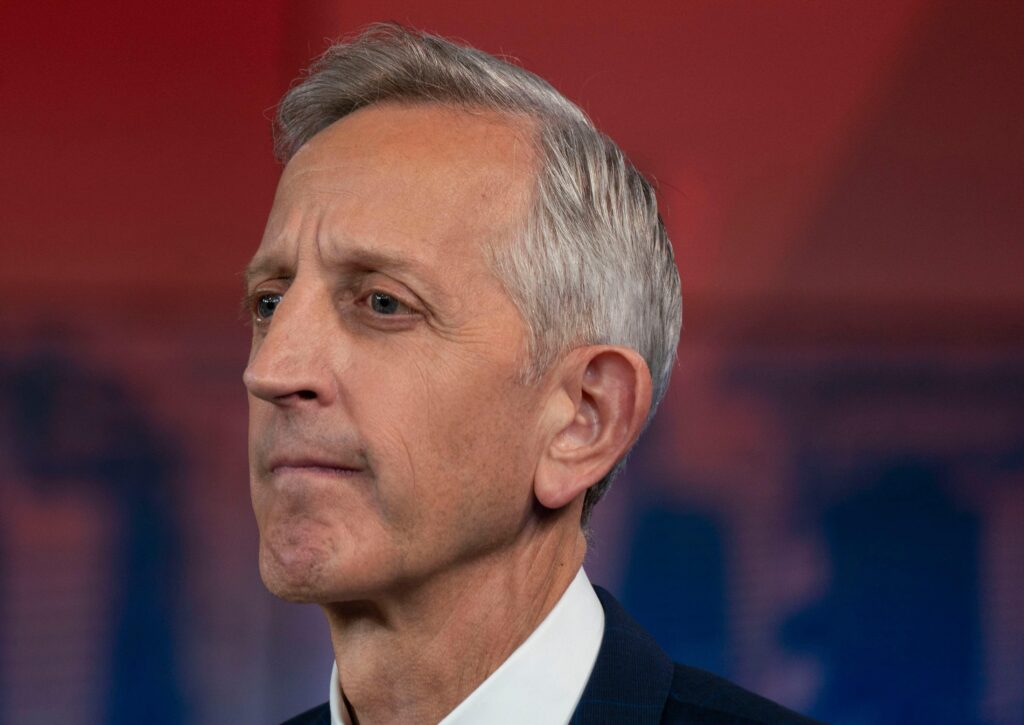
‘Progressive Mayor’ Keith Wilson
These words from Mayor Keith Wilson came from an article in the Portland Mercury in which Wilson was detailing his plans for homelessness. The plans are simple: continue homeless encampment sweeps, continue to impound vehicles and shelters used by homeless people to survive on the streets, and continue to offer temporary and short-term shelter that guarantees a quick turnover back onto the streets. Just with less of the stuff that makes a homeless person both more visible and able to stay alive while there.
These are the same plans that have been proposed by the city’s politicians before. They are the same plans that are favored by Portland’s business owners, property owners, and developers. They solve nothing about homelessness because they are not meant to. They are simply meant to stage the streets of our cities so that wealthy people will be encouraged to continue to buy property that raises rents and business owners will be able to continue to exploit their workers under the unspoken threat that things could be worse.
Take for example, the Impact Reduction Program (formerly called by its full name, the Homeless/Urban Camping Impact Reduction Program), which was implemented in 2015 with the intention of making homeless encampment sweeps easier to justify by citing broad safety concerns. Prior to this, police only had 1980’s Portland Reaganite Mayor Ivancie’s anti-crime ordinances to point to if they wanted to clear people out. The Impact Reduction Program claims to help those living on the streets but ultimately its goal is to remove homeless people from public areas, particularly sidewalks and storefronts in order to please business owners.
The Impact Reduction Program also makes it very easy for anyone to report encampments for sweeps, and I’ve personally witnessed when working jobs downtown, business owners and managers doing this frequently. Of course, to my bosses, any group of two or more homeless people doing anything on a sidewalk within a ten foot radius of their store was considered an encampment.
I also witnessed heavy reliance on the programs that the Clean & Safe Districts offer. The Clean & Safe district was established by Portland property owners in the late 80’s as a way to keep up appearances and to cater to business owners. It touts on its website a “close partnership with the Portland Police,” and doesn’t boast a lot of affordable housing options within its borders. According to the Street Roots article, City adopts Enhanced Service District recommendations amidst criticism (Feb. 21, 2024), the Clean & Safe District is managed by a nonprofit that is run entirely by the Portland Business Alliance, which only business owners can join. This means that renters who live in the district are essentially doubly paying their landlords because Clean & Safe’s contract with the city comes from tax-payer money. Can you afford to pay your landlord twice and not end up homeless? I know I can’t.
Let’s do some math – according to Apartments.com, the average rent in downtown Portland is $1,500 a month for a 646 sq. foot apartment. The minimum wage in Multnomah County is $15.95 per hour before tax, which, if you are working 40 hours a week, only gives you $1,276 at the end of the month. And again, that’s before tax. So yeah, I would agree with Mayor Wilson here, there’s gonna be people sleeping on the streets.
